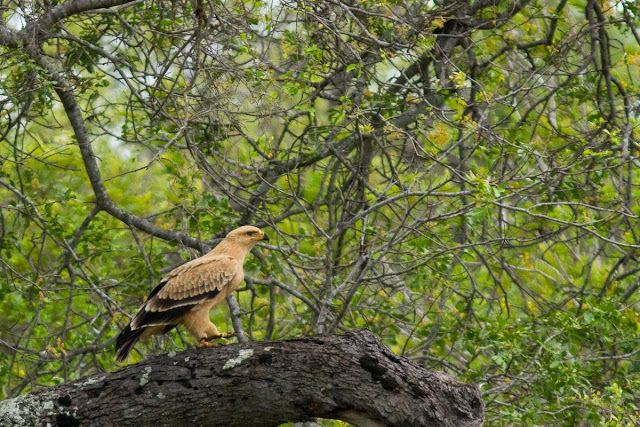 |
| Baby Zebra killed was placed in a tree by the Leopard. |
 |
| The Leopard took his kill up a tree to protect it from the Hyenas. |
 |
| This male leopard is the dominate male for this part of the Kruger Reserve. |
 |
| A large male Rhino. All of the reserves have asked that I not identify where I took my Rhino pictures. About 900 rhinos have been killed in South Africa this year for their horns. |
 |
| These young males where waiting for mom to bring her kill to them. In another year they will be forced out of the pride. They will need to hunt for themselves and avoid the dominate male lion. |
 |
| Cape Buffalo are very aggressive when wounded. They have killed many a hunter. |
 |
| This lion walked within two feet of the vehicle. No cropping in this image. |
 |
| Impressive size and still growing. |
 |
| Two younger elephants. |
 |
| Panning shot of a lion cub. This picture was taking late at night with a slow shutter speed to blur the background. I was lucky enough to get a sharp head. I am not showing you that 10 that didn't work. |
 |
| Baby Male Rhino.This will be my last blog from this trip to South Africa. I have enjoyed almost five weeks here but I am ready to head home. I have thousands of pictures to work through and lots of great memories. One more day of game drives and then it will be time to give my shutter finger a rest. |




















































